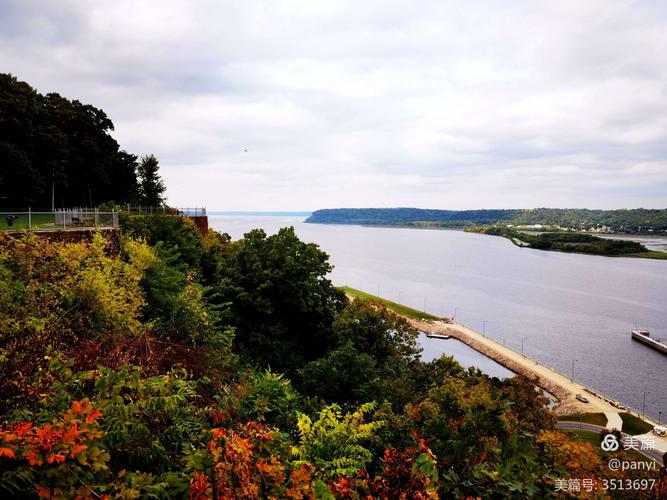Exploring the Executive Branch Information: A Comprehensive Guide for Political Science Enthusiasts
The executive branch of government has a vital role to play in shaping the course of a country. It is responsible for implementing laws and policies that impact the daily lives of citizens, and therefore, it is crucial that we understand its functioning. This article is a comprehensive guide for political science enthusiasts who want to explore the executive branch information in more detail. We will delve into the structure and responsibilities of the executive branch, the various agencies that operate within it, and the powers vested in the highest office of the land, the President.
The Structure of the Executive Branch
The executive branch is composed of the President, Vice President, and Cabinet members. These individuals are responsible for running the government and have a variety of different roles and responsibilities. The President is the head of the executive branch and serves as Commander-in-Chief of the armed forces. The Vice President is second in command and takes over if the President is unable to fulfill his or her duties. The Cabinet members are appointed by the President and serve in advisory roles.
Responsibilities of the Executive Branch
The primary responsibility of the executive branch is to enforce the laws of the land. This means that the President and the agencies under his or her control must ensure that laws are being followed and that justice is being served. Additionally, the executive branch is responsible for managing the country’s foreign relations and national security policy, including dealing with other nations, negotiating treaties, and directing military operations.
Executive Agencies
In order to carry out its duties, the executive branch operates a wide variety of agencies, each with a specific focus and function. Some notable examples include the Department of State (responsible for foreign relations), the Department of Justice (responsible for enforcing the law), and the Environmental Protection Agency (responsible for protecting the environment). These agencies operate under the direction of the President and the Cabinet, and they play a crucial role in shaping policy and responding to crises.
Powers of the President
Finally, it is important to understand the powers that are vested in the President. The President has the power to veto legislation passed by Congress, the power to make executive orders, and the power to appoint federal judges and other officials. The President also has the power to pardon individuals convicted of federal crimes and to negotiate treaties with other nations. These powers are important tools that the President can use to shape policy and respond to crises in a timely manner.
Conclusion
Exploring the executive branch information is critical for anyone seeking to understand how the government works and how it impacts our daily lives. The executive branch is responsible for enforcing laws, managing foreign relations and national security, and directing a complex system of agencies and personnel. By understanding the structure of the executive branch, the responsibilities of its agencies, and the powers vested in the highest office of the land, we can make informed decisions about the policies and leaders that guide our nation.
(Note: Do you have knowledge or insights to share? Unlock new opportunities and expand your reach by joining our authors team. Click Registration to join us and share your expertise with our readers.)
Speech tips:
Please note that any statements involving politics will not be approved.
